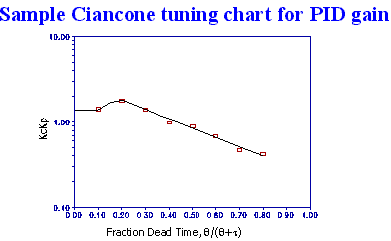|
Apply Your Knowledge |
| 14.10 How many process reaction curve experiments are required to tune the controllers in a two-level cascade? |
IMPLEMENTATION |
| 14.11 Cascade control was designed for the fired heater in Example 14.2 which is repeated below. The cascade is effective for which of the following disturbances? |
DEGREES OF FREEDOM |
| 14.12 The non-isothermal stirred tank chemical reactor in Example 13.12 is shown in the figure below. We want to control AC-1. What is the best cascade design for the disturbances shown in the figure? |
DESIGN CRITERIA |
| 14.13 The cascade control system for the packed bed reactor in Example 14.1 is oscillating as shown in the figure. What is the likely cause and what initial step would you take to correct the situation? |
| 14.14 When tuning the PRIMARY controller in a cascade system, we expect excellent results from the Ciancone tuning correlations. |
IMPLEMENTATION |

| 14.15 Cascade control is very effective for what secondary disturbance frequencies? |
DESIGN CRITERIA |
| 14.16 The packed bed reactor from Example 14.1 is considered here. A significant pressure disturbance occurs in the feed pressure, which upsets the flow rate and product quality. How would you change the control design? |
DESIGN CRITERIA |
| 14.17a The following design is proposed for a cascade control system. Decide whether the cascade control design is acceptable or not, based on gains and dynamics responses. |
DESIGN CRITERIA |
|
||||||||||||||||||||
| 14.17b The following design is proposed for a cascade control system. Decide whether the cascade control design is acceptable or not, based on gains and dynamic responses. |
DESIGN CRITERIA |
|
||||||||||||||||||||
| 14.17c The following design is proposed for a cascade control system. Decide whether the cascade control design is acceptable or not, based on gains and dynamic responses. |
DESIGN CRITERIA |
|
||||||||||||||||||||